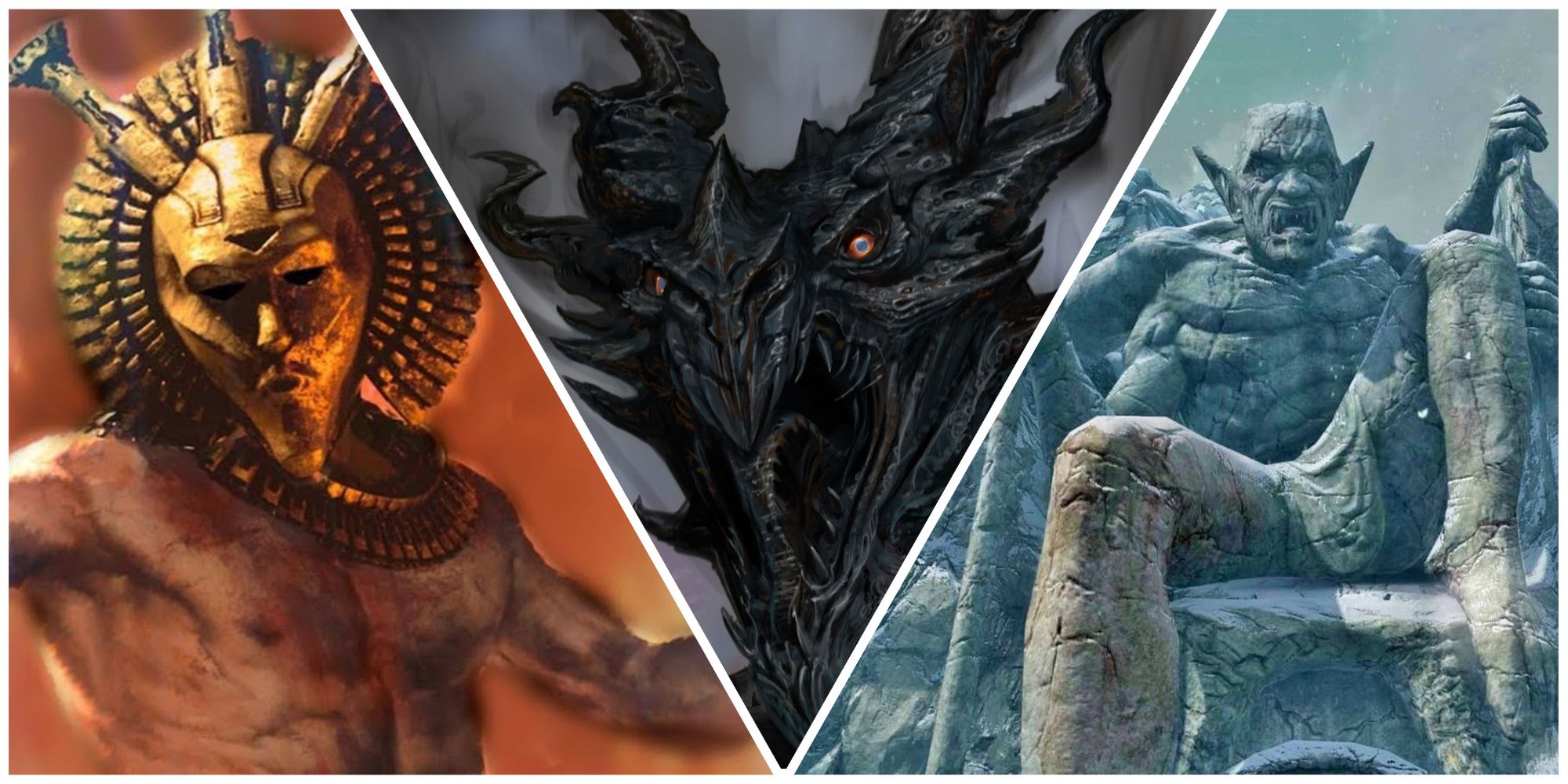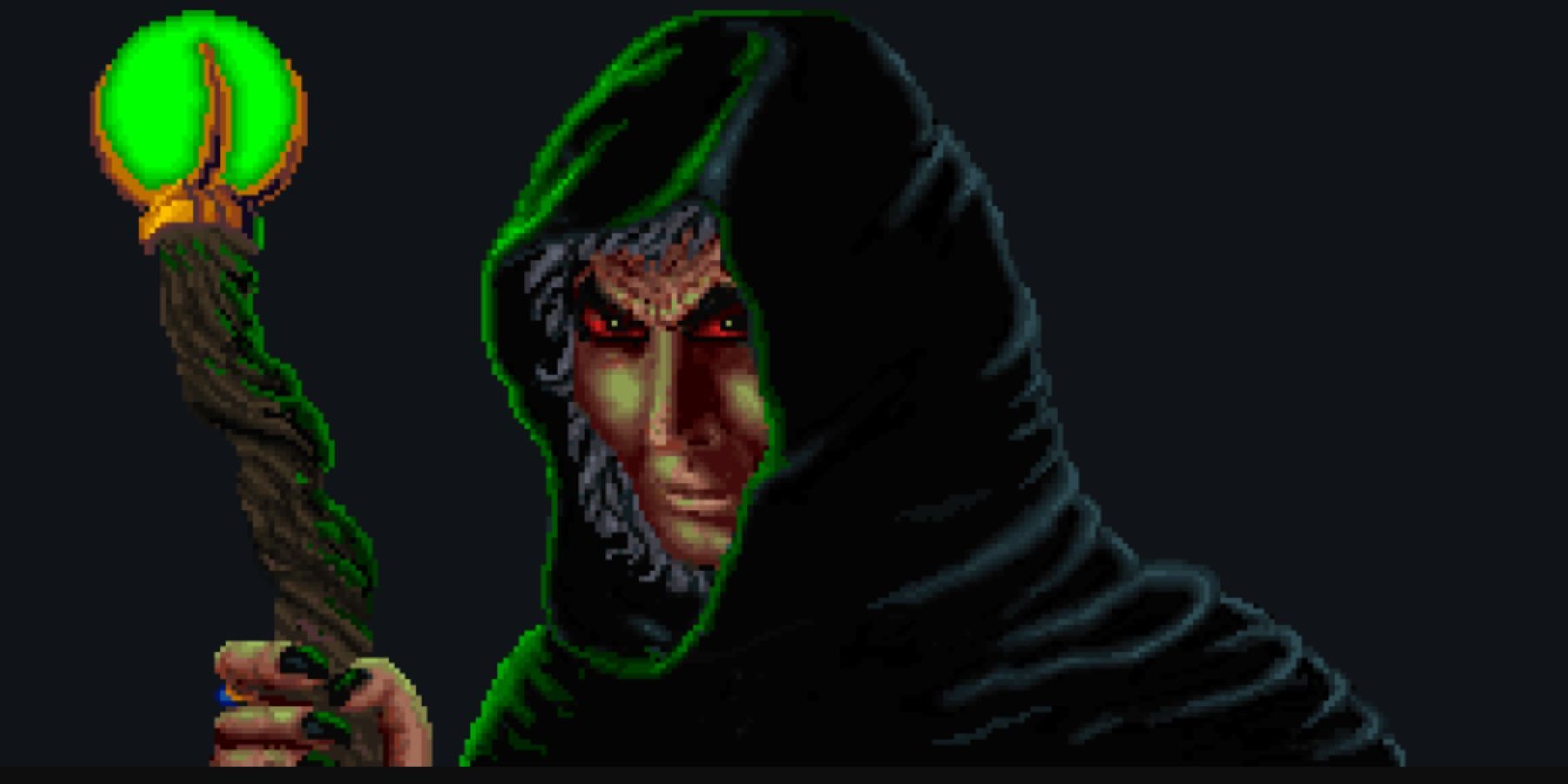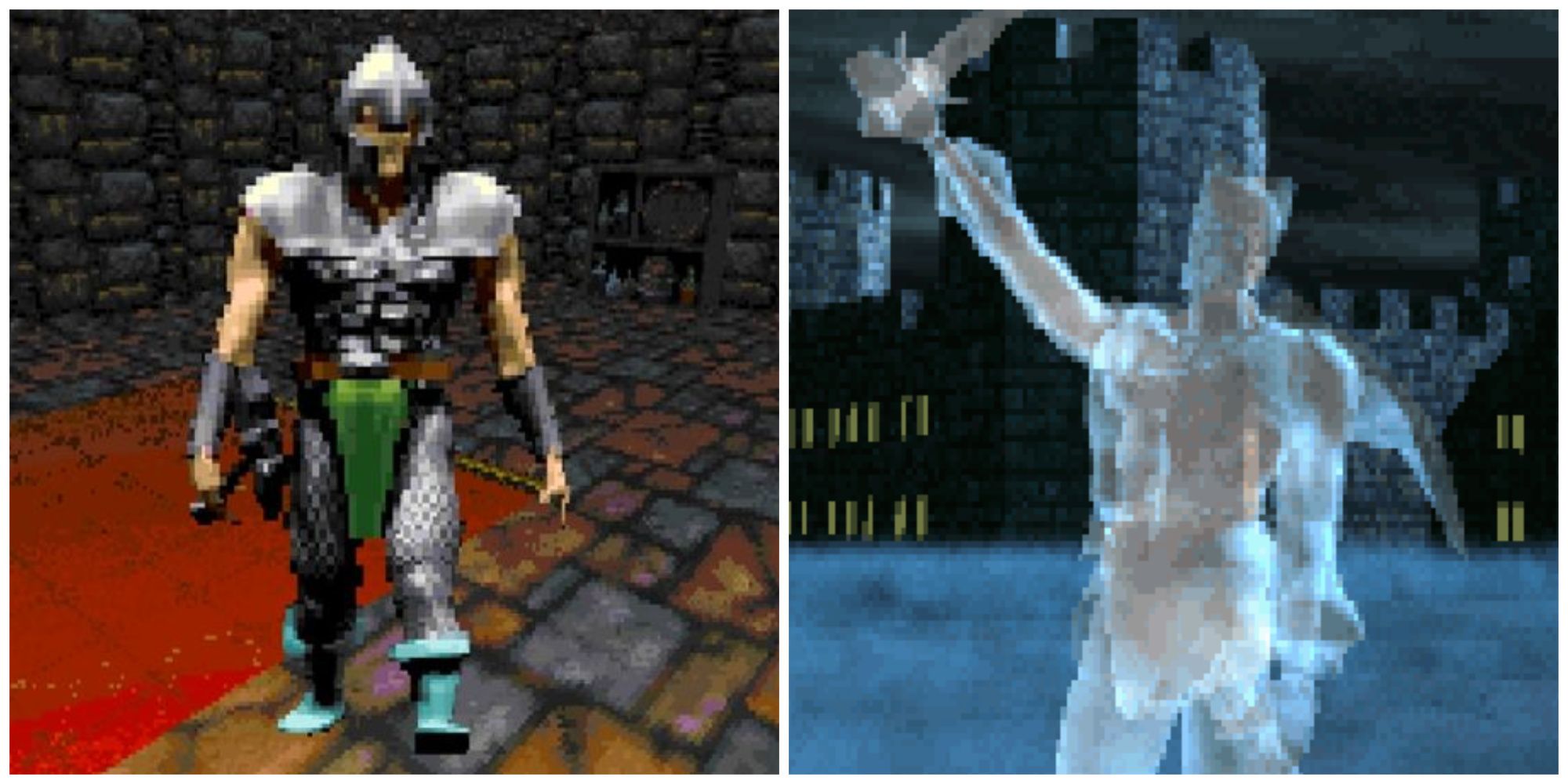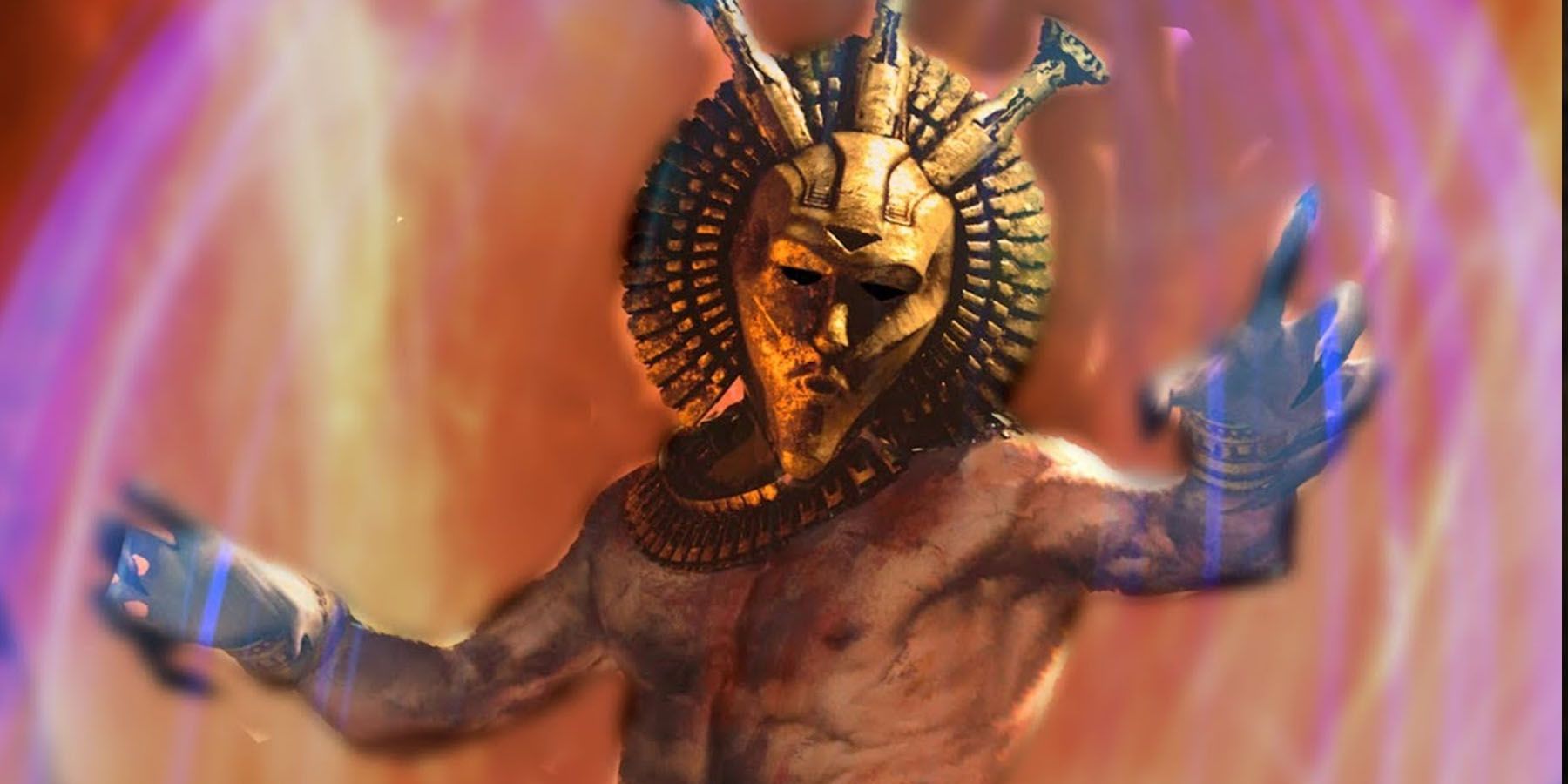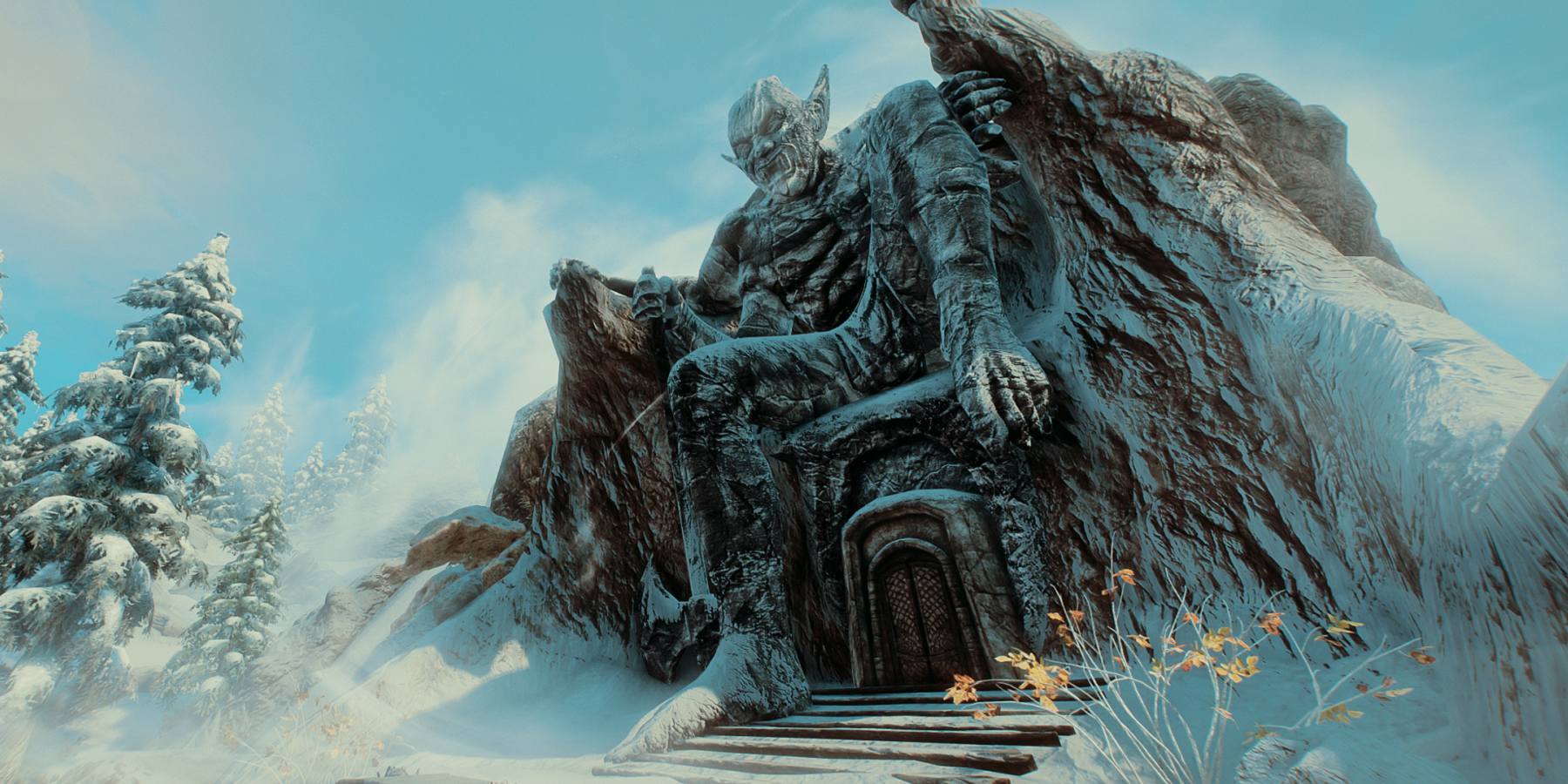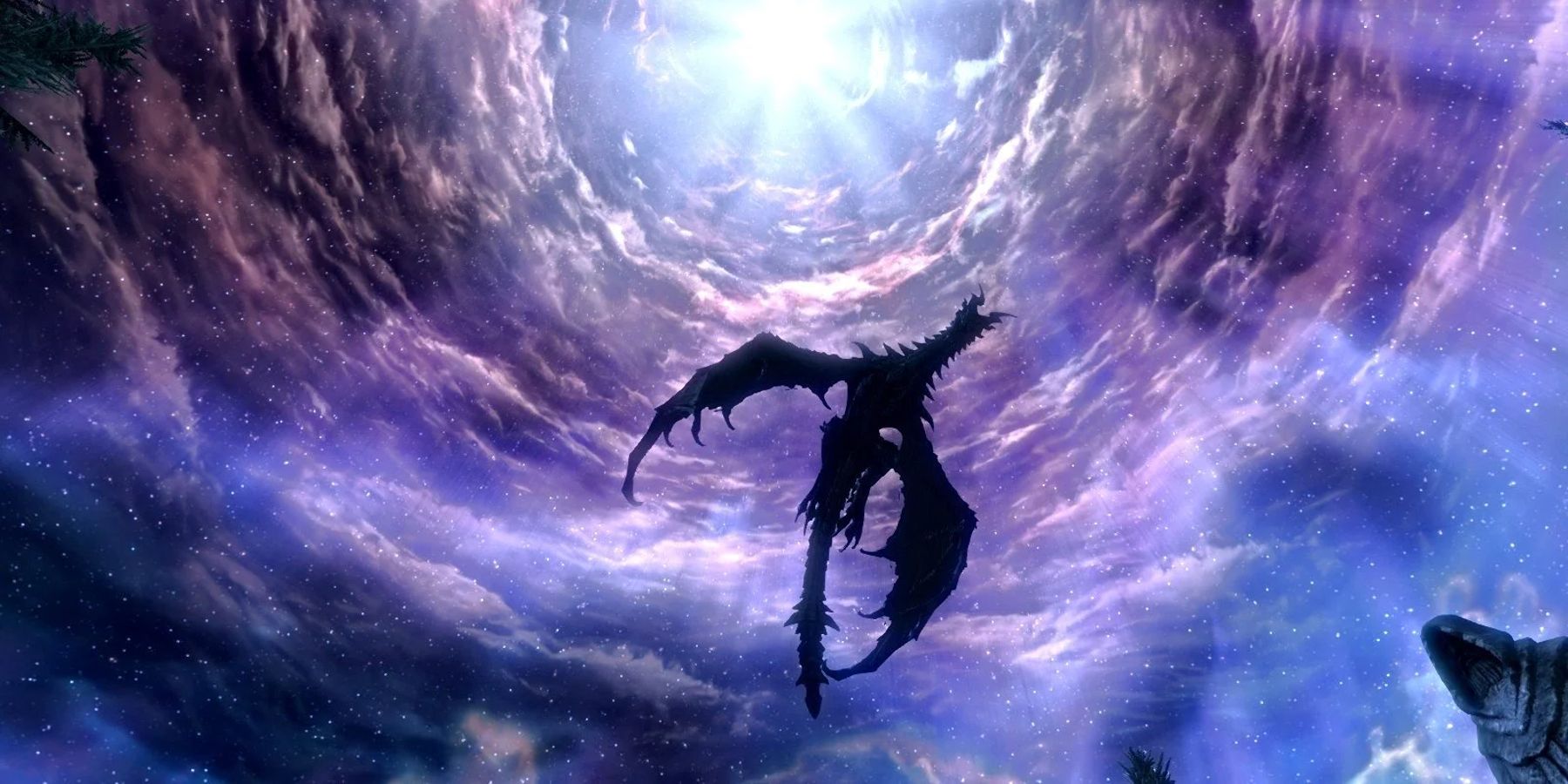Highlights
- Each main villain in The Elder Scrolls series met their demise or suffered a worse fate than death.
- The legacies of these villains continue to be felt in the game's universe.
- Some villains, like Mehrunes Dagon and Alduin, may potentially return in future installments.
The heroic fantasy of the Elder Scrolls would not be complete without including a memorable and powerful opposing force, be they a scheming noble or an ancient god. But what became of the big bad from each game? Doubtless, nothing good (if the player ever got around to finishing the main questline, at least).
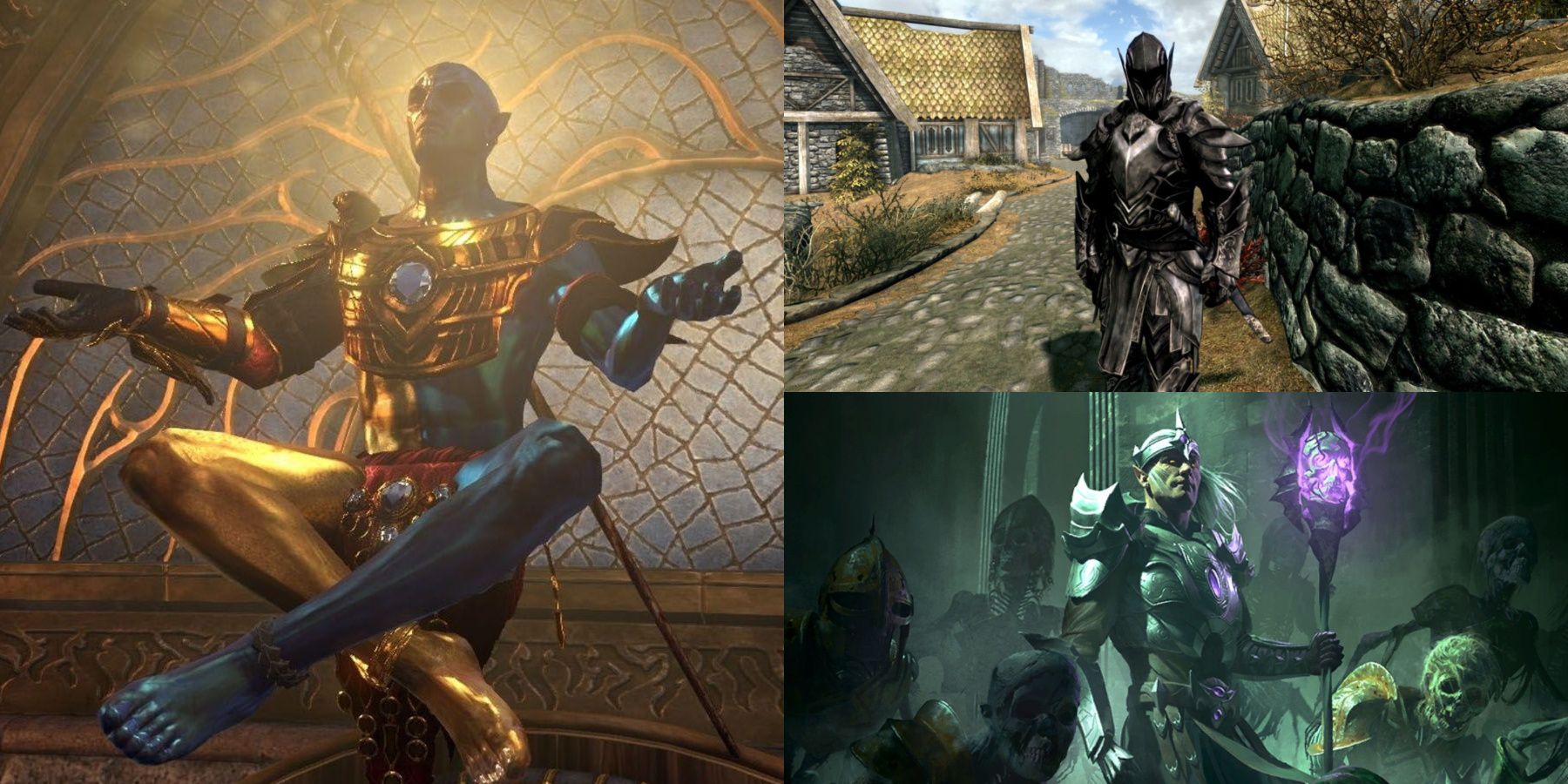
The 10 Most Interesting Gods In The Elder Scrolls Series
The gods of the Elder Scrolls universe make for some interesting reading. Players even get to meet some of them!
Each foe had attempted to manifest their designs through nefarious means, and their failures had far-reaching consequences, both in the land of the living and on their eternal souls. Whether they met their demise or otherwise, their legacies continue to be felt across the Dawn's Beauty. Spoilers ahead for every mainline game in the series.
Jagar Tharn (Arena)
The Imposter Emperor's Fate Worse Than Death
The Elder Scrolls: Arena
- Platform(s)
- PC
- Released
- March 25, 1994
- Developer(s)
- Bethesda Softworks
- Genre(s)
- Action RPG
- Although he passed on at the end of Arena, it is implied that Tharn suffered a fate "worse than death"
- It is rumored that he had a son with Queen Barenziah of Morrowind and that he may still be alive
The first of The Elder Scrolls' villains, Jagar Tharn, was an Imperial battlemage who saw fit to imprison Emperor Uriel VII in one of the planes of Oblivion, impersonate him on the throne, and rule the empire in secret. Before the events of Arena, Tharn was seduced by Queen Barenziah of Morrowind in order to extract the whereabouts of the Staff of Chaos, which he used to imprison the Emporer. While historical accounts in TES are always murky, it is said that Barenziah went as far as bearing his son.
After the Eternal Champion reunited the broken pieces of the Staff of Chaos and recharged it with Tharn's Jewel of Fire, Tharn was destroyed. According to TES writer and designer Ted Peterson, "Tharn is dead," adding that he is "actually worse off." Peterson did not elaborate on this (presumably, he became the plaything of Mehrunes Dagon in his realm of Oblivion) but added that it is entirely possible that his son may have lived but would have been spirited away to be raised by another noble family in another part of Tamriel. Given his mother's lineage, this would make his son a Dunmer.
Lord Woodborne (Daggerfall)
The Ambitious Noble Cut Down
- After being discovered by Emperor Uriel Septim VII's agent, Woodborne was struck down in a duel
- Once avenged, King Lysandus' ghost was put to rest
Although powerful monsters and dream gods often take the mantle of evil in The Elder Scrolls, the central villain in Daggerfall's Illiac Bay is revealed to be a scheming noble looking to grab more power for himself through conspiracy and assassination. The killer of King Lysandus, Lord Woodborne, owned up to his treachery moments before being put down by Emperor Uriel Septim VII's agent.
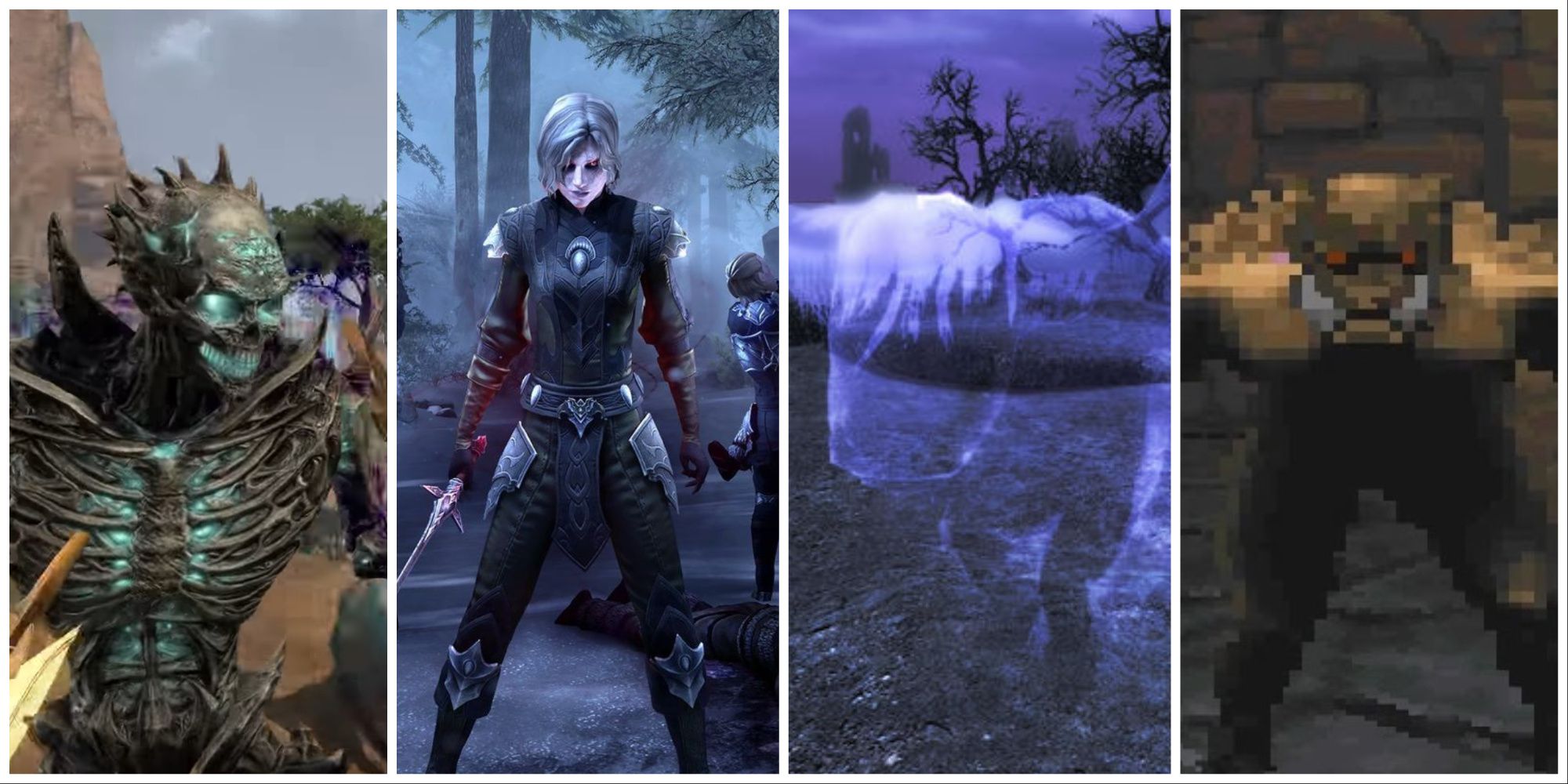
The Elder Scrolls: Every Supernatural Transformation In The Series, Ranked
The Elder Scrolls franchise features a variety of supernatural transformations for players to witness. Here's how they stack up.
With his death, the undead king of Daggerfall finally took his rest. Before he parted from the world, Woodborne disclosed his partner in the king's murder: his own son, Gothryd. The player could then choose whether to break ties with Gothryd, the current king (or do his bidding by bringing him the key to the Numidium, a powerful weapon that he would use to bring the Illiac Bay under Daggerfall's rule). Canonically, both events happened simultaneously (along with other mysterious, seemingly contradictory happenings) thanks to the Warp in the West.
Dagoth Ur (Morrowind)
The False Dreamer Awakens Into True Death
The Elder Scrolls III: Morrowind
- Platform(s)
- PC , Xbox (Original)
- Released
- May 1, 2002
- Developer(s)
- Bethesda Game Studios
- Genre(s)
- RPG
- After being severed from the power of Lorkhan's heart, Dagoth Ur became mortal and was killed by the Nerevarine
- His influence on the mortal world can still be felt through the power of his mask
Having been betrayed by Morrowind's Tribunal in the First Era, the leader of the forgotten Sixth House haunted the dreams of those across Vvardenfell following a divine slumber under the still-beating heart of the trickster god, Lorkhan. He promised to crush those who wronged him and conquer Tamriel upon the completion of his own Numidium, a walking brass god, which he would call the "Akulakhan."
After severing his connection with Lorkhan's heart, Dagoth Ur became mortal and was bested by the Nerevarine at the end of Morrowind's main questline. Upon his death, his body and influence disappeared, and he left behind only his mask. This artifact made its way to Solstheim, where, in the fourth era, a Dunmer named Erdan Relvel became corrupted by it and its "evil whisperings," and with it, he learned how to raise ash zombies. He was ultimately defeated by the Last Dragonborn.
Mehrunes Dagon (Oblivion)
The Bitten Prince Of Revolution Returns To Wounded Scheming
- Since Daedra cannot die, he returned to the Deadlands after being defeated
- He returned with a plot to invade Tamriel in Skyrim, where he attempted to open another Oblivion gate
The god of change, revolution, ambition, and destruction may well be the most formidable villain of the series, as even the player character was not able to defeat him by the end of Oblivion. Thankfully, Akatosh imbued Martin Septim with the power of a dragon, and in a dramatic confrontation over the Temple of the One, he managed to put him down. All his subtle schemes brought him so close and yet so far. Being a Daedric prince, Mehrunes Dagon was, of course, only inconvenienced by his demise. After the resolution of the Oblivion Crisis, he was sent back to the Deadlands to rule once again.
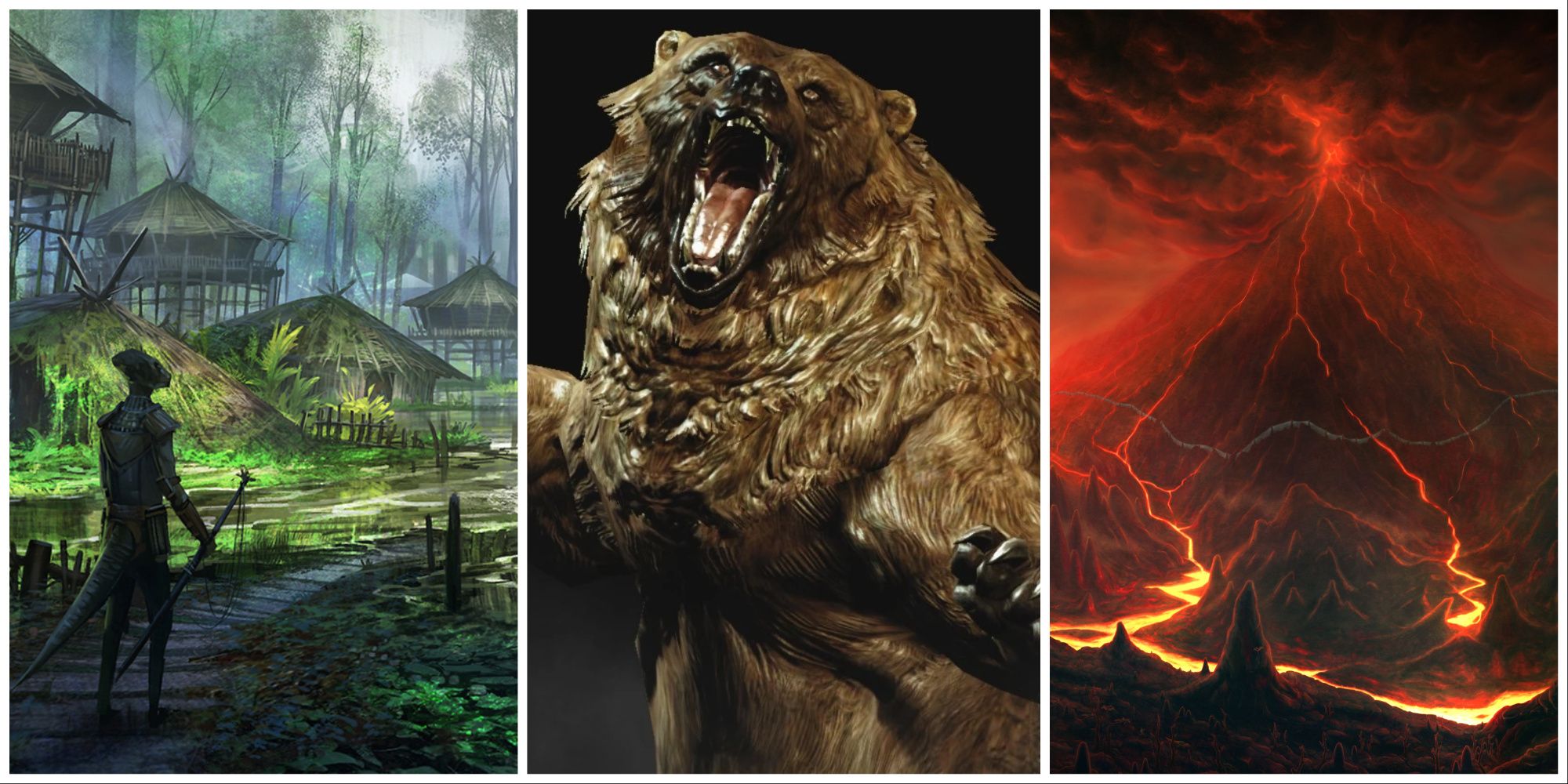
The Elder Scrolls: The 6 Worst Provinces To Live In, Ranked
When looking to purchase a house in Tamriel, buyers should avoid these provinces like the Corprus disease!
He appeared again to tempt the Last Dragonborn with his Razor and plotted to open an Oblivion gate in Skyrim, from which he could mount another invasion. Using remnants of the Mythic Dawn cult, the initiators of the Oblivion Crisis at the end of the third era, Mehrunes Dagon had a dormant gate built. When the Last Dragonborn came to put a stop to his plans, they inadvertently opened the gate with their dragon blood. While the cult was defeated in the Deadlands, the gate remained open still and is now guarded by the Vigil of Stendarr.
Alduin, The World Eater (Skyrim)
Akatosh's Renegade Creation May Yet Return
- Alduin gained his power from Sovngarde, where he was ultimately defeated
- Unlike all other dragons, Alduin's soul cannot be absorbed, implying that he may return
After being thrust forward in time by thousands of years, Alduin, the greatest of Akatosh's children, known as the World Eater to some, suddenly appeared over the Throat of the World in Skyrim's fourth era, hungry to reclaim his lost power to resume his conquest. He sourced his power from the souls of the dead in the Nordic afterlife, Sovngarde. Once the Last Dragonborn learned how to dominate dragons with a shout, they discovered the entrance to Sovngarde, where they faced off with the First Dragon.
After a climactic battle, Alduin was defeated. Unlike all of the dragons vanquished before, the soul of the most powerful dragon in Nirn did not leave his body, and thus the Last Dragonborn could not absorb it. According to a scholar in The Elder Scrolls: Online, when a dragon's soul leaves its body, it may simply return to Akatosh. If this is the case, then Alduin could make an appearance at some point in the future when he may return to fulfill his original role as the reclaimer and recycler of worlds.
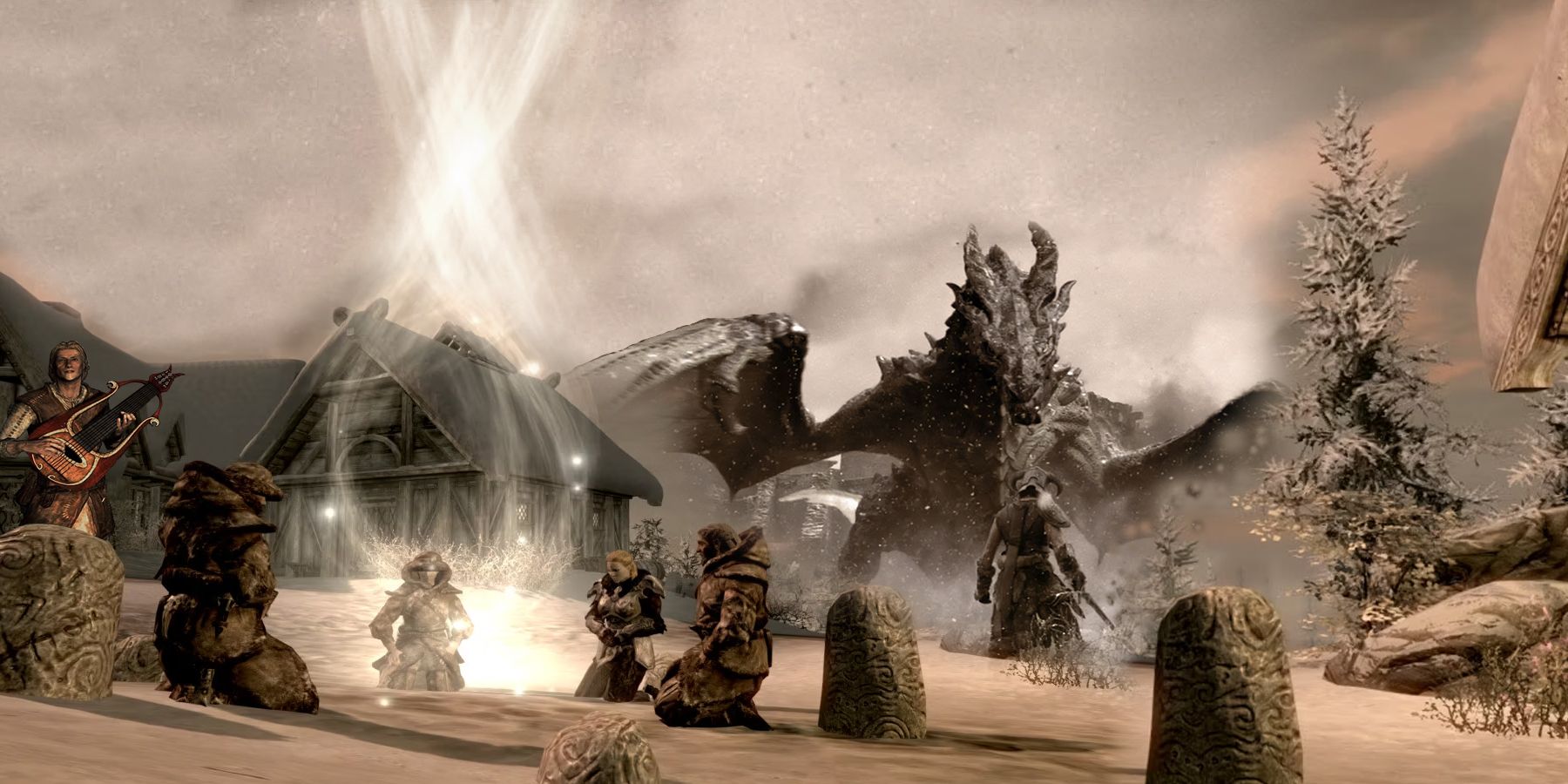
The Elder Scrolls: 12 Things You Might Not Know About The Nords
In Bethesda's Elder Scrolls, the Nords of Skyrim are human warriors who live to fight. What are some lesser-known facts about this race?

